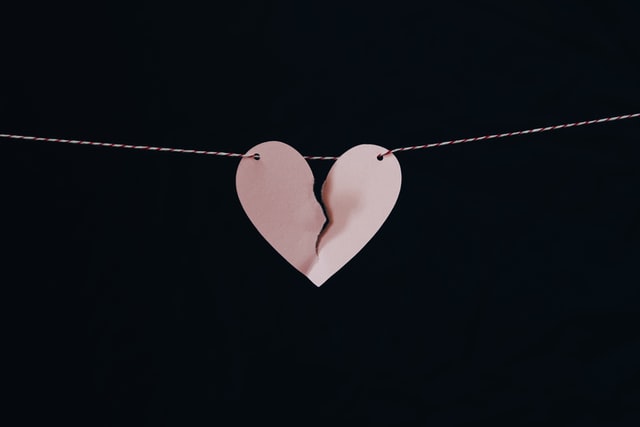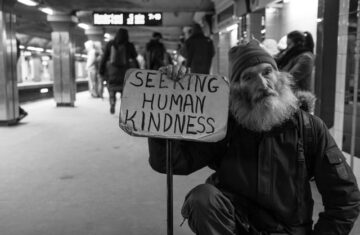Lojong 7: Sending and taking should be practiced alternately. These two should ride the breath.
Sending and taking describes a powerful Buddhist practice of compassion called tonglen. In tonglen, we practice taking in the pain of the world as we inhale, and then send out light and peace as we exhale. It is not for the faint of heart.
And truly, I mean that. So if today, even after resting in the spaciousness of childlike joy last week, you just feel a little cramped and unable to hold space, bookmark this for another day. Trust the rest of us to do this work until you are ready to join.
If you feel you have the capacity to hold space- or maybe you feel so overwhelmed that doing something with it feels right- read along.
When I first began to practice tonglen, I was struck by how counter-intuitive it was to much of what I had been taught. Usually, if we are taking a moment to gather ourselves, we’ve been instructed to breathe in light and hope and good things, and then breathe out all the stuff we don’t want to hold in our bodies. Whether on the yoga mat or in a place of worship, this is usually how it goes.
Tonglen is literally the opposite. We willingly choose to take in all the pain and suffering as we breathe in. We allow and trust our bodies to serve as transformation engines. And then we breathe out hope and peace and light right back to the places of pain where we began. This sending and taking is a form of compassion in the most literal sense. Compassion means “to suffer with.” Normally, we prefer moving away from suffering, whether it’s the world’s or our own. But in our practice of becoming bodhisattvas, awakened people, we cultivate the bravery to stay.
Norman Fischer writes, “The practice of sending and receiving has two main purposes: first, to train your heart to do what it usually does not want to do: to go toward, rather than away from, what’s painful and difficult in your own life; and second, to realize that your own suffering and the suffering of others are not different.”
It seems serendipitous that this slogan arrives for us during the run-up to the election. I wonder how the results might be different if we allow the pain of those living in the world- those affected by injustice, hardship, poverty, illness- to guide us in how we choose our leaders. I remember as a child being taught to vote based on what was best for me. I’m learning as an adult to vote based on what is best for everyone. Voting is a very boring (if not also controversial!) way of practicing compassion. What are we sending and receiving as we choose who will determine the laws of our communities and nations?
Speaking of the election- let me reiterate that this may not be the week for you to try tonglen. The caustic election environment and the exhaustion of a seemingly unending pandemic makes it hard for any of us to hold space for anything these days. I wonder if perhaps instead, you can just allow yourself to get close to your own pain this week? Just breathe it in and listen to it and let it speak. Maybe, you can also let some of it go, transform it into light and ease.
Wherever you find yourself this week, I pray compassion and grace finds you.




